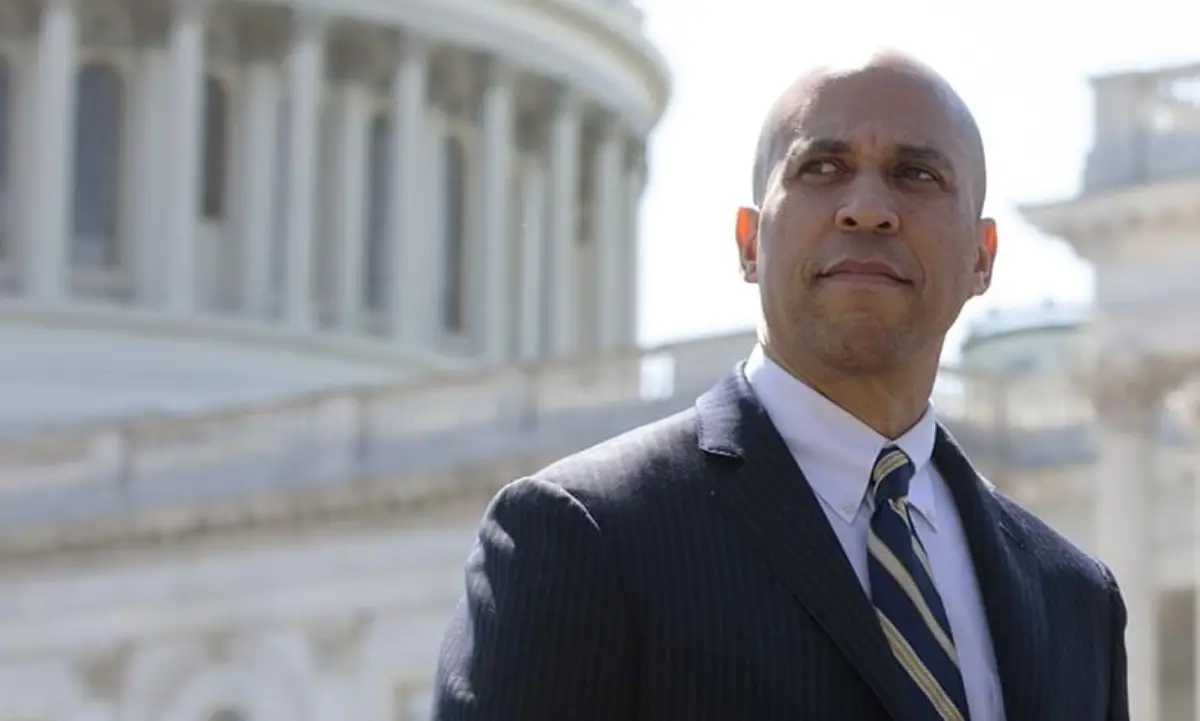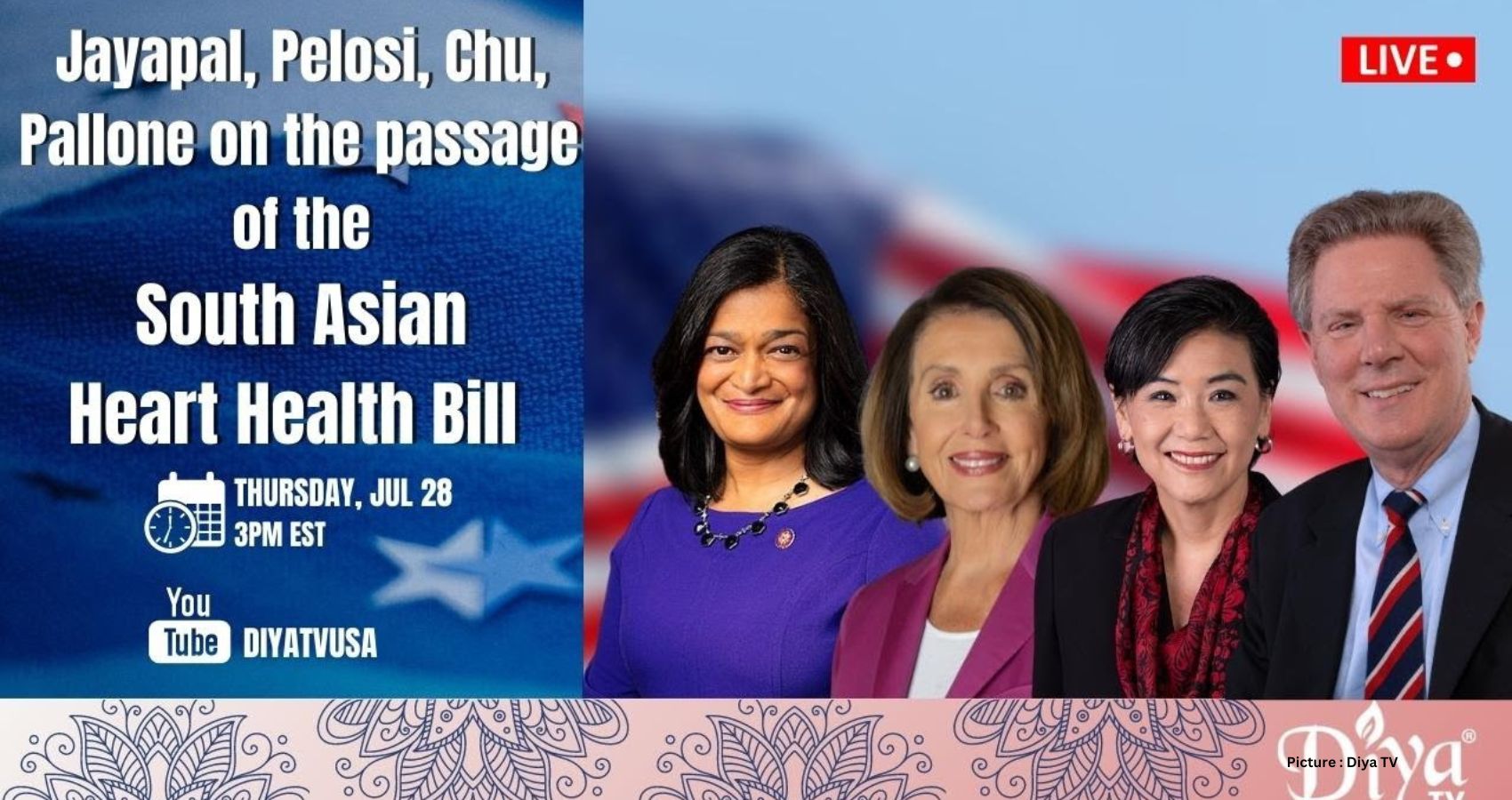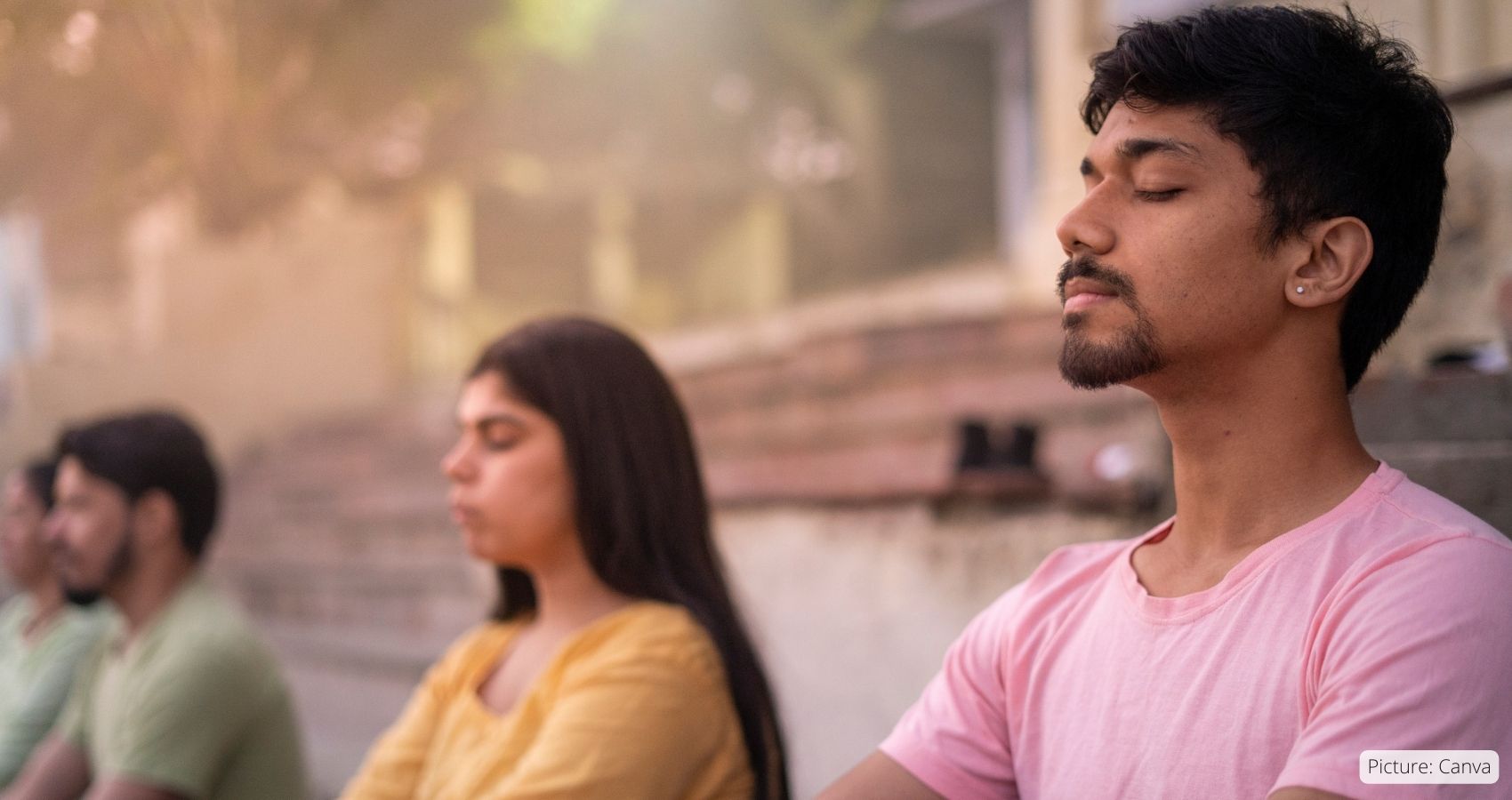United States Senator Cory Booker, D-NJ, introduced legislation Feb. 29, 2024, that would establish a grant program aimed at strengthening cardiovascular research, promoting heart disease awareness, and improving health outcomes in the South Asian community in honor of American Heart Month.
The Bill mirrors one introduced by Rep. Pramila Jayapal, D-Washington, and Joe Wilson, R-South Carolina last year in the House of Representatives.
Booker’s South Asian Heart Health Awareness Act would raise awareness about the alarming rates of heart disease for South Asians across the United States while also improving resources for all communities disproportionately impacted by cardiovascular diseases.
 “Despite the heightened prevalence of cardiovascular diseases among South Asians, their risk for heart disease is not widely understood by the medical community,” Senator Booker said while introducing the bill. “This bill is an important step toward promoting critical research on heart disease, and supporting organizations working to improve heart health for at-risk communities across the nation. To reduce the impact of cardiovascular disease nationally, it is essential to invest in research into communities that are disproportionately at risk.”
“Despite the heightened prevalence of cardiovascular diseases among South Asians, their risk for heart disease is not widely understood by the medical community,” Senator Booker said while introducing the bill. “This bill is an important step toward promoting critical research on heart disease, and supporting organizations working to improve heart health for at-risk communities across the nation. To reduce the impact of cardiovascular disease nationally, it is essential to invest in research into communities that are disproportionately at risk.”
Rep. Jayapal, echoing his sentiments, said, “I have seen the devastating impacts of heart disease on our community firsthand, and as the first South Asian American woman ever elected to the House of Representatives, I’m fully committed to increasing understanding of heart disease and the unique risk factor in the South Asian community while ensuring that all those living with it get the resources, treatment, and support they need.”
“No community should face disproportionate health outcomes because of lack of research, understanding, or awareness,” Jayapal added. “I won’t stop fighting for this legislation to make sure we have the research resources and treatments to prevent heart disease cases and deaths in the South Asian community and across the world.”
Rep. Wilson said the Bill expand research and education to benefit those communities most affected by heart disease. “I am grateful that this bipartisan bill passed the house in multiple previous Congresses, and I look forward to its final passage into law,” Wilson added.
Communities of color are disproportionately affected by heart disease with South Asian Americans being particularly at risk, noted Booker’s press release.
The South Asian community has both the highest death rate from heart disease and the highest rate of Type 2 diabetes at lower body weights compared to other racial and ethnic groups.
Despite the prevalence of cardiovascular diseases among South Asians, their risk for heart disease is not widely understood by the medical community. This contributes to a lack of preventative measures being taken which could improve the community’s heart health, the press release said.
Specifically, the South Asian Heart Health Awareness Act would appropriate $2 million for each fiscal year between 2025 and 2029 in planning and implementing grants. These grants can be used to:
- Develop culturally appropriate materials on topics related to heart health including nutrition, diet planning, and exercise.
- Support heart health promotion activities in community organizations which work with disproportionately affected communities.
- Support research conferences or workshops on research practices, methodologies, and designs which include more members of communities disproportionately affected by heart disease in scientific studies.
- Conduct research into cardiovascular disease, Type 2 diabetes, and other ailments affecting at-risk populations.
The full text of the Bill can be found on Senator Booker’s website at Booker.senate.gov.



